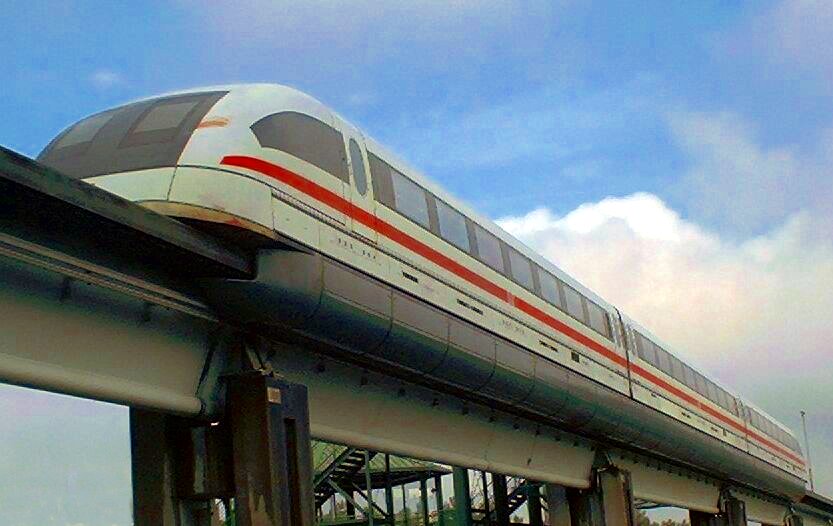Cheezy the Wiz
Socialist In A Hurry
I think it's the flux pinning of the Abrikosov vortices in a type II superconductor.
But can you push it to Warp 9, Mr. Laforge?
I've wondered myself what happens to a 400 kph train when say, a 7.5 Japanese earthquake unexpectedly hits? I looked-up " bullettrain earthquake" on youtube, but the one video was of a parked train during a minor shake. There's one story about a Chinese HS train collision resulting in 30-odd killed.
The shinkansen trains automatically stop when the earthquake early warning system registers movement above a certain threshold. It's really a fantastic system.
Magnetic repulsion/attraction.
You place magnets in key places, and it's fine... opposites attract and like repulse.
What I meant was, what keeps it from flying off the side of the track. I envisioned something like a chute that would "hold" the train above the track, I didn't understand the under-grab design like this, that this was actually a monorail we're talking about:


 Man, trains do not stop on a dime. I cannot imagine a train stopping that fast. What are you basing that on?
Man, trains do not stop on a dime. I cannot imagine a train stopping that fast. What are you basing that on? 


 Everyone I've shown that to, in person, has 'whooped' in exclamation at some specific timepoint. It's different for each person, but eventually it shatters their view of reality.
Everyone I've shown that to, in person, has 'whooped' in exclamation at some specific timepoint. It's different for each person, but eventually it shatters their view of reality.